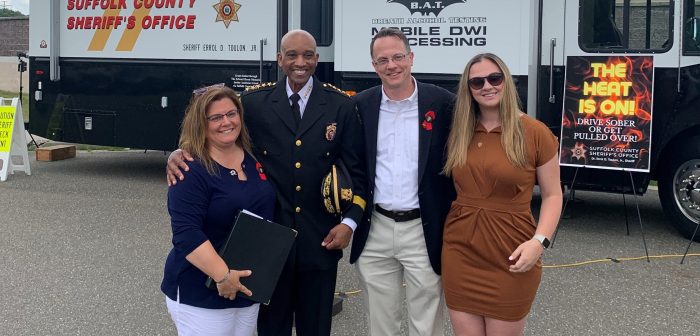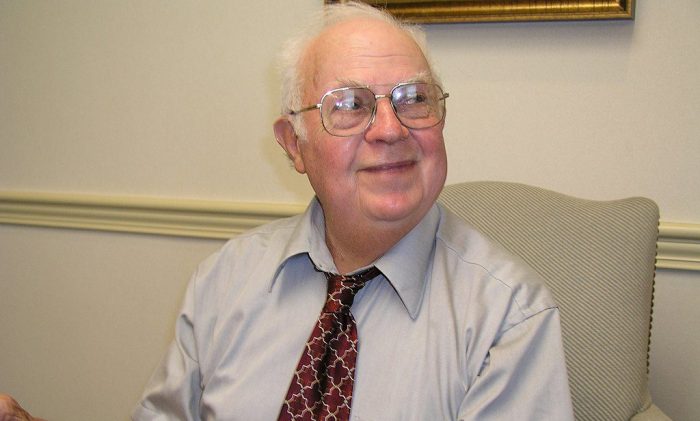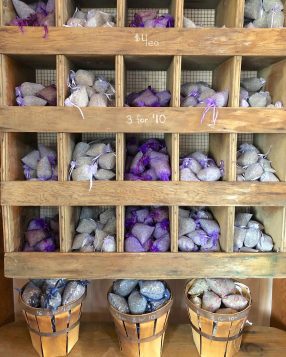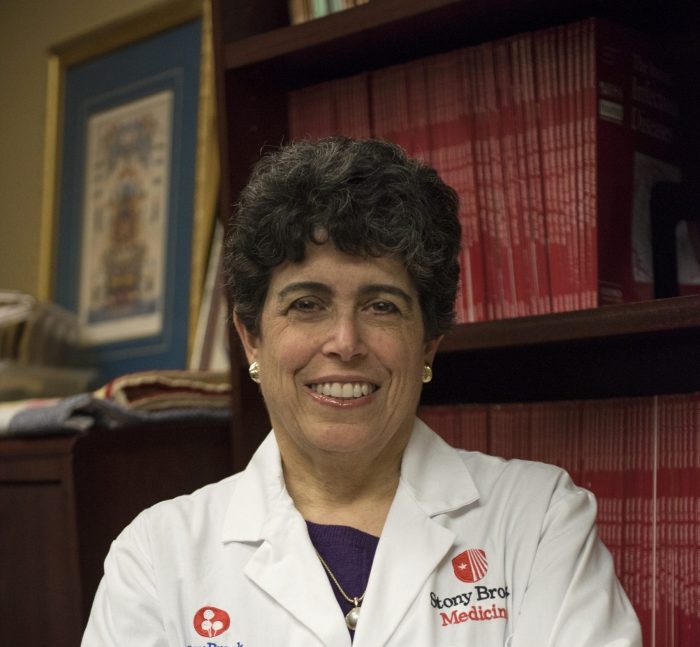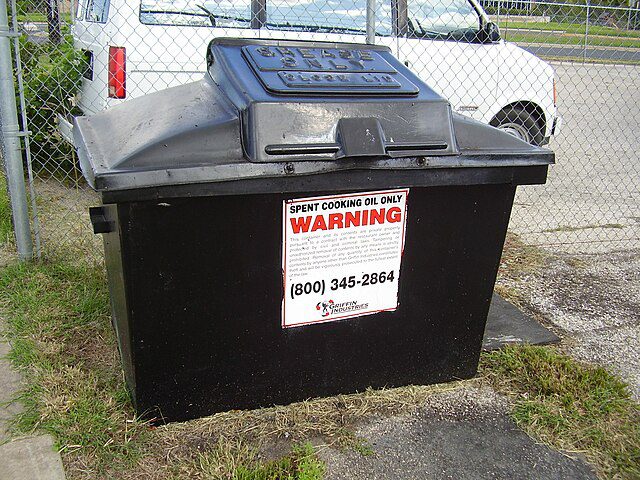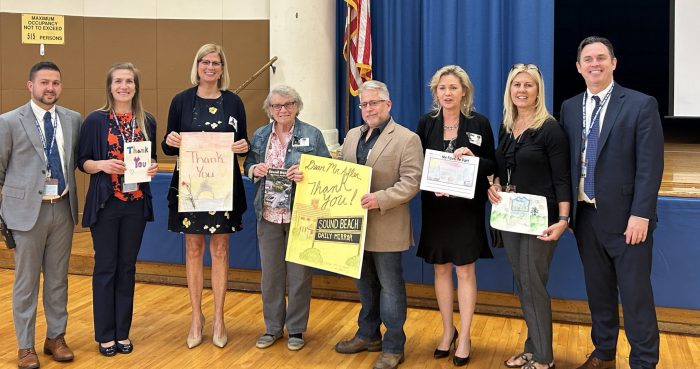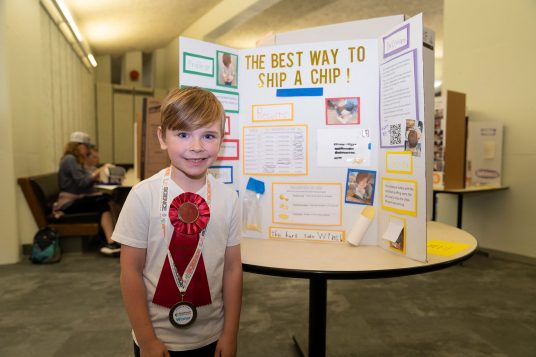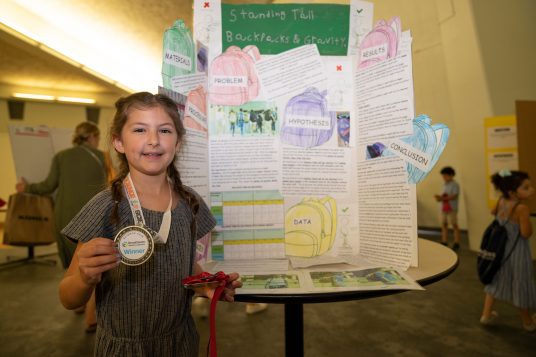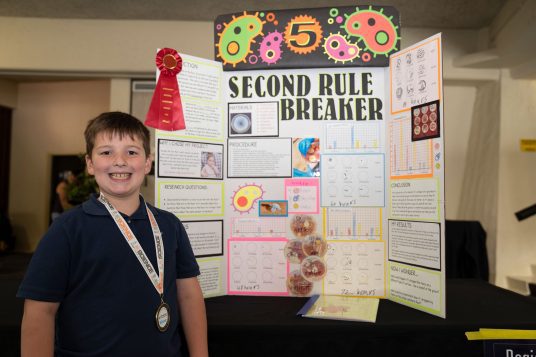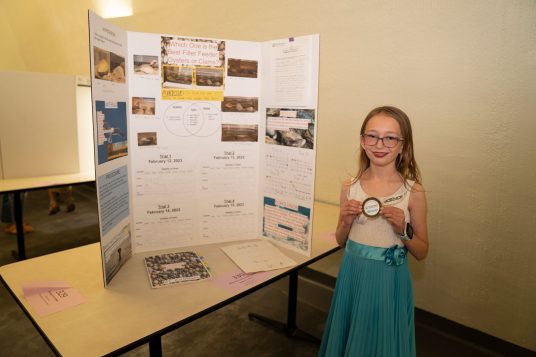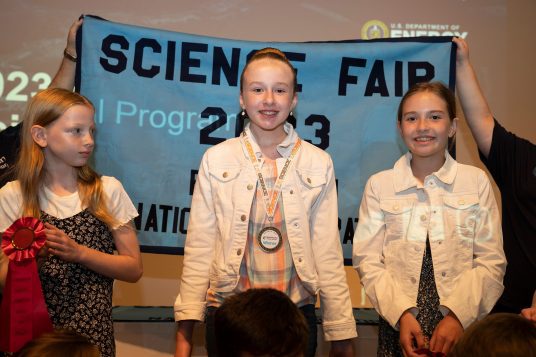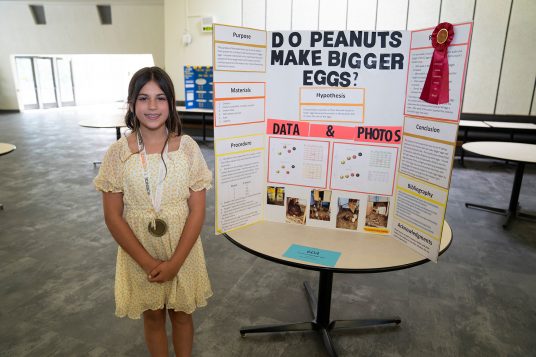Suffolk County Sheriff Errol Toulon (D) recently joined roadway safety advocates to announce a summer campaign targeting drunk driving.
Beginning during the July 4 holiday weekend, Toulon’s Office will increase DWI patrols and checkpoints from Huntington to the East End, continuing these measures throughout the summer in an effort to keep Suffolk’s roadways safe. According to the Sheriff’s Office, its DWI team has already had record-high impaired driving arrests this year, with a nearly 40% increase in DWI/DUI arrests from 2022.
Coined “Operation H.E.A.T.,” the initiative aims to ramp up already heightened efforts to mitigate these increases.
“The ‘heat’ is on this summer for drunk and drugged drivers in Suffolk County,” Toulon said during a press event Thursday, June 29. “Our deputy sheriffs will be out in full force patrolling the roadways with an eye out for impaired drivers. If you don’t drive sober, you will be pulled over.”
Joining Toulon was the family of Andrew McMorris, a 12-year-old Boy Scout who was fatally hit by a drunk driver in 2018 while hiking with his Scout troop. The driver in that crash was found guilty of aggravated vehicular homicide and sentenced to 8 1/3 to 25 years in prison.
“The Andrew McMorris Foundation asks everyone this summer and always to please make a promise to never drink and drive,” said Alisa and John McMorris of the Andrew McMorris Foundation. “Call a cab, call a friend, save a life, start a trend. You don’t have to be a superhero to save someone’s life. Just take the keys.”
Paige Carbone, regional executive director of Mothers Against Drunk Driving, also attended the meeting. She offered her support for the department initiative, emphasizing the need for stricter enforcement.
“Summer is one of the deadliest times of the year on our highways,” she said. “MADD supports Operation H.E.A.T. and will join the efforts by providing staff and volunteers to participate in checkpoints across the county this summer.”
The regional director added, “Our mission is to end drunk driving, and MADD encourages alternatives, such as designating a non-drinking driver, rideshares and using public transportation. That can prevent these crimes from happening.”
Toulon also offered these tips:
- If you are hosting a party, designate a sober driver or arrange alternate transportation to ensure guests get home safely.
- If you’ve been drinking and don’t have a designated driver, ask a sober friend for a ride home, call a taxi or rideshare service or stay for the night.
- Take the keys from a friend if you think they are about to drive while impaired.
For more information on the Suffolk County Sheriff’s Office, please visit www.suffolksheriff.com.

